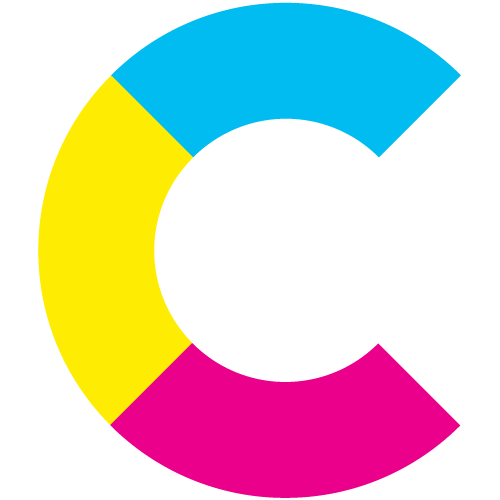Crowdsourcing the Fight Against Cancer
If there’s one thing we can all agree on, it’s that cancer just plain sucks.
Over 600,000 Americans died from the disease in 2019, and it’s responsible for 1 in 6 deaths around the world. And because of the devastating impact of cancer, the chances that you have personally been touched by it, through family, friends, or work colleagues, is extremely high.
That was the case for the employees of Bristol-Myers Squibb, a global pharmaceutical company battling serious diseases. Every year it hosts an annual Coast 2 Coast 4 Cancer Ride fundraiser for cancer research, and documents the whole event on video, capturing the spirit of the "ride for cancer".
For the past five years, Bristol-Myers Squibb utilized professional photographs taken during the ride and worked with a creative agency to put together a moving video capturing the ride experience. But due to the limitations of a traditional crew, only the ride itself was covered. There was no time with or access to the people with personal stories. There wasn’t any footage of the ride preparation. And less of that real emotion that employees across the nation were feeling got captured.
So for the 2019 event, Bristol-Myers Squibb stepped back from traditional filming methods and let the riders themselves capture not only the journey, but the kind of personal, authentic, and engaging content that makes the videos come alive.
Bristol-Myers Squibb | 2019 Coast 2 Coast 4 Cancer Ride
How Crowdsourcing and Cinebody Broke the Mold
Bristol-Myers Squibb approached Cinebody at the end of 2018 with details of the fundraising event, the scope of the project, and the kind of footage they were looking for.
“For 2019, we wanted something really personal and genuine,” said Lauren Tobin, Associate Director, Sales Operations and Effectiveness for Bristol-Myers Squibb. “We’d seen other videos created using Cinebody and knew instinctively that it would be a perfect fit with our employees and the fundraiser.”
Unlike most fundraisers that happen in one day, the Coast 2 Coast 4 Cancer ride takes five intense months of training and preparation. Then seven teams each complete a three-day leg across the country, making a total of 21 days that had to be documented. A traditional documentary crew would not only be costly for that length of time, but it would be difficult to get intimate footage of employees and their families during the run-up to the event.
With Cinebody, the crew is the employees, friends, and family. Anyone with a smartphone and the app can shoot high-quality footage at all hours of the day and night, making it perfect for capturing the essence of the "coast ride". And that’s just what Bristol-Myers Squibb got. From people receiving their bikes and training equipment to early morning rides and genuine moments of joy, it was all captured during the "coast ride".
During the ride itself, Bristol-Myers Squibb assigned a team leader to get footage from all angles, and to capture those moments of triumph during each leg. One employee even used drone footage to give viewers the scope of the event.
Due to the software used, the guided direction could be pushed to these leaders throughout each leg so that no shots were left behind. And as the footage was organized and edited as it came in, recap videos were available shortly after each leg of the ride to share with the participants...a great and fulfilling way to thank them for their time.
A Lot of Money Raised. A Lot of Happy Faces.
Fundraisers like this are all about the people, and of course, the money their determination and sacrifice made. And the outcome was astonishing. Over $1.4 million dollars raised for cancer research from those nearly 3,000 grueling, but incredibly rewarding, miles.
“We couldn’t have asked for an easier or more successful outcome,” Tobin said after the event. “Seeing all that footage come flooding in, the passion and commitment of our employees, and those amazing stories come together, it was unforgettable.”
Aside from the money raised and the footage created, a huge takeaway from this is that crowdsourced video is the way forward. For any company looking to engage and capture content from employees across the nation, or even around the world, there are no more limits. The world really has become a lot smaller.



